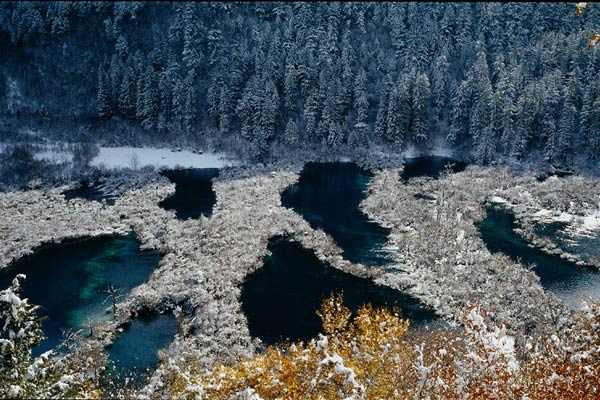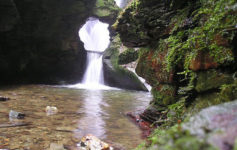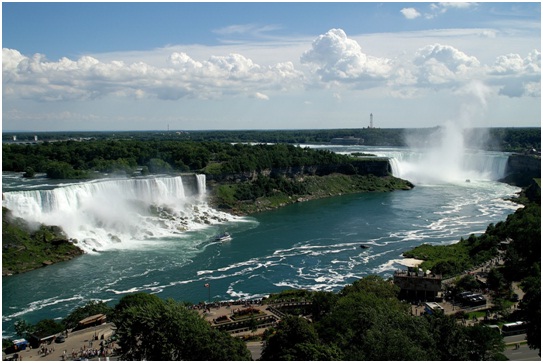Deep in China’s hinterland wilderness, in northern Sichuan Province lies an incredibly picturesque masterpiece of Mother Nature, the Jiuzhaigou Valley National Park, known for its fascinating villages, numerous multi-level waterfalls and colorful alpine lakes, vast primeval forests and forested canyons, snow-capped mountains and beautiful rivers, and, of course, the folk customs of the Tibetian and Qiang peoples; so scenic that in 1992 it was declared a UNESCO World Heritage Site, while in 1997 awarding the status of UNESCO Man and Biosphere Reserve.
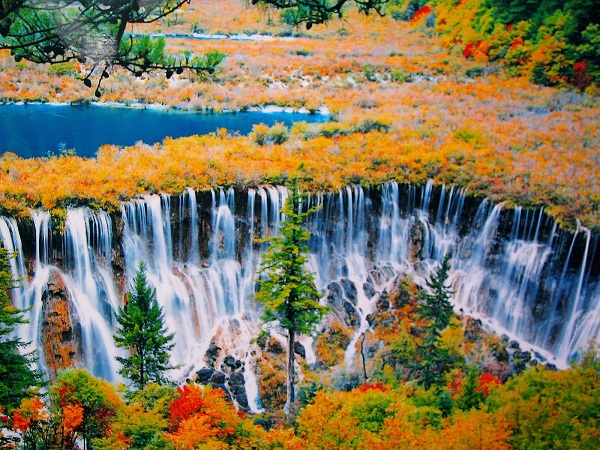
Meaning ‘Valley of the Nine Villages,’ with the nine villages still remaining spread around the valley within the Park, Jiuzhaigou truly deserves to be called an extravaganza of natural wonders, as it shelters spectacularly beautiful nature with amazing wildlife and dense vegetation, not to mention the fantastic vistas you’ll fall in love with four seasons a year.
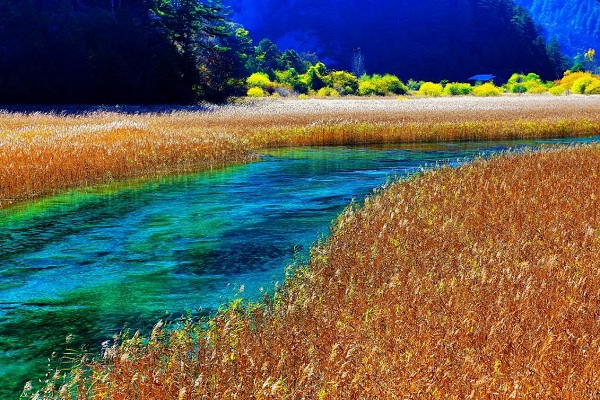
Jiuzhaigou was discovered by some woodcutters in the 1970s and covers an area of 720 sq km. Part of the magnificent Min Shan Mountains – one of southwest China’s most important biodiversity typezones, the spot was largely formed by glacial avalanching and is made up of three valleys arranged in ‘Y’ shape. In each valley, visitors will find lakes and waterfalls with names like Tiger Lake, Double Dragon Lake, Arrow Bamboo Falls and Pearl Shials Falls.
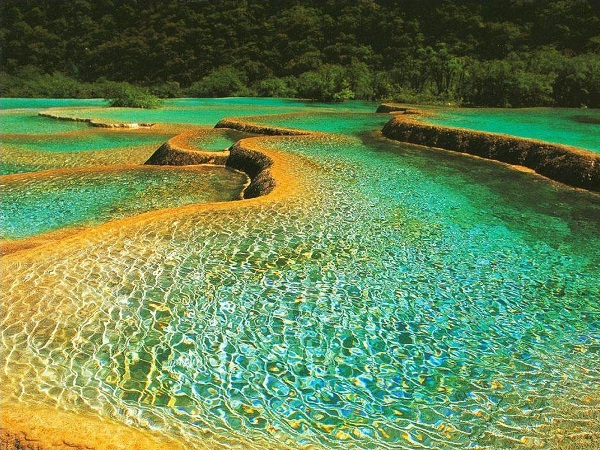
The Jiuzhaigou Valley shelters more than 220 species of birds, along with a number of endangered plant and animal species including the giant panda, the Sichuan takin, golden monkey, black-neck crane, red-belly golden pheasant, snow leopard and numerous orchids and rhododendrons.
Must-Sees
However, there are six scenic spots in the Jiuzhaigou area that never fail to appeal tourists from around the world: Changhai, Nuorilang, Jianyan, Shuzheng, Zharu and Heihai. In each spot you’ll find amazing landscapes and bright colors, and unique attractions that will make you believe you are in a fairy tale world. Keep in mind that every single point of interest located on the park’s map is worth seeing and is easily accessible.
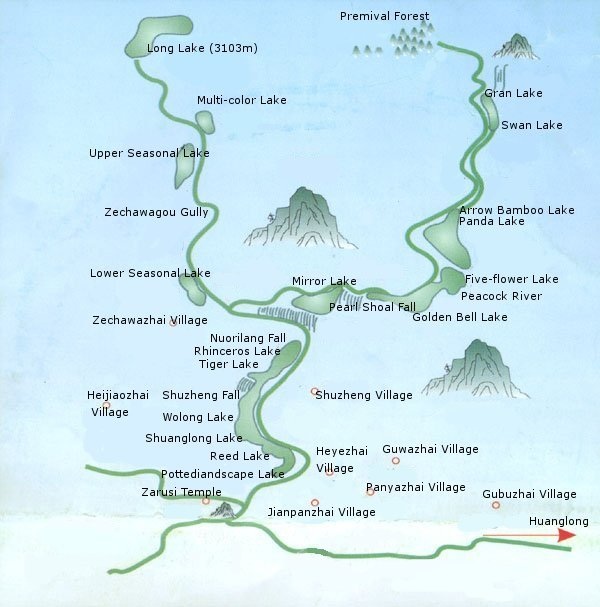
Waterfalls
Bamboo Falls – a mere 7 meters high but spanning nearly 152 meters, cascades down the Rize Valley, and is often the first stop on a visit to the park. Not to be missed are also Huohua Pool Waterfall with its two strings of falls, which run and jump through the lush trees. And when it’s time to sit and enjoy lunch, waterfalls of Panda Lake and Nuoriland are the best choice.
Lakes
Scattered in the midst of great mountains are the park’s main attraction – the many lakes of brilliant colors. Called by the locals ‘Haizi,’ meaning ‘son of the sea’ in Chinese, the 108 lakes of the park vary in size and shape, and are abundant in chemical residues, which ensure their amazing colors and surprising clarity even at depths of over sixty feet.
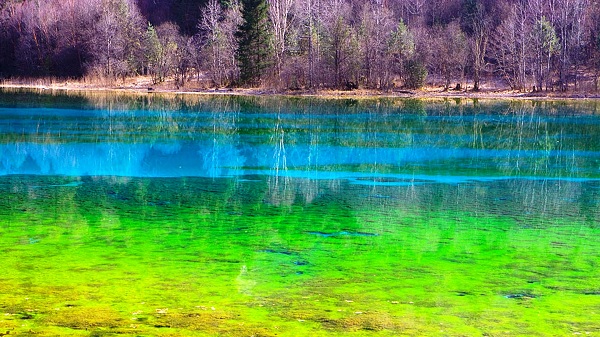
An interesting legend has it that a very long time ago, there lived a beautiful and kind-hearted goddess, named Woluo Semo in the mountain east of the Jiuzhaigou Valley and an industrious and chivalrous god, Dage in the mountain west of the Jiuzhai Valley. As time went by, they fell in love with each other. One day, to express his worship for the beauty of the goddess, the god presented her a divine mirror made of wind, but when the goddess reached out to take it, she dropped it to the ground, breaking into 108 pieces. At that moment 108 mirror pieces are shattered into 108 shimmering turquoise lakes, covering the land of Jiuzhaigou Valley.
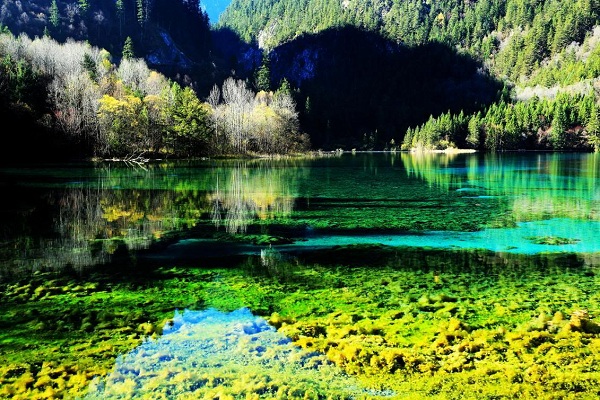
Wolong Lake, for example, is one of the most admired. In its center it has a milky white travertine dyke looking like a huge dragon lying across the bottom of the lake. Another lake, known as Multi-Color Lake, has the most vibrant contrast between green and blue waters, and provides visitors with an atmosphere of peace and mystery. As its name implies, the lake is an amazing fusion of different shapes and colors, at an altitude of over 3000 meters, and possesses a unique beauty nature lovers and photographers will surely appreciate. Among favorite lakes is also the Five Color Pool (Colorful Pond), featuring the most colorful water in all of the park.
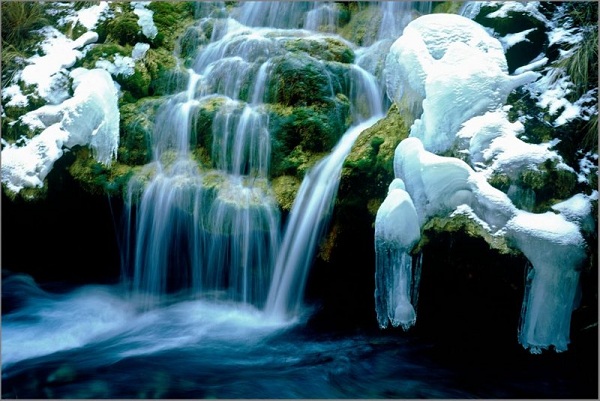
Best Time to Visit
Being situated high above sea level, the park’s climate is typically cool and wet. July through August are the least visited months, with almost 80 percent of its annual rainfall. Autumn, particularly October, is considered the best time to visit Jiuzhai Valley. This is the month, when warm days and cool nights and great scenes of saturated yellows, reds, and green mix the blue lake water and autumn pictures of Jiuzhaigou, making it one of the best places to see fall colors in China.
